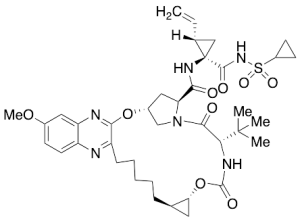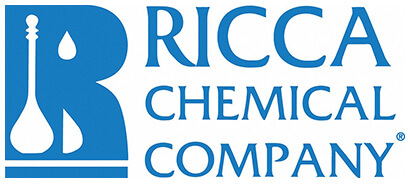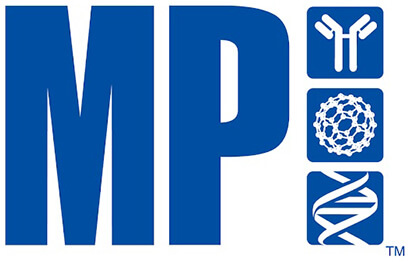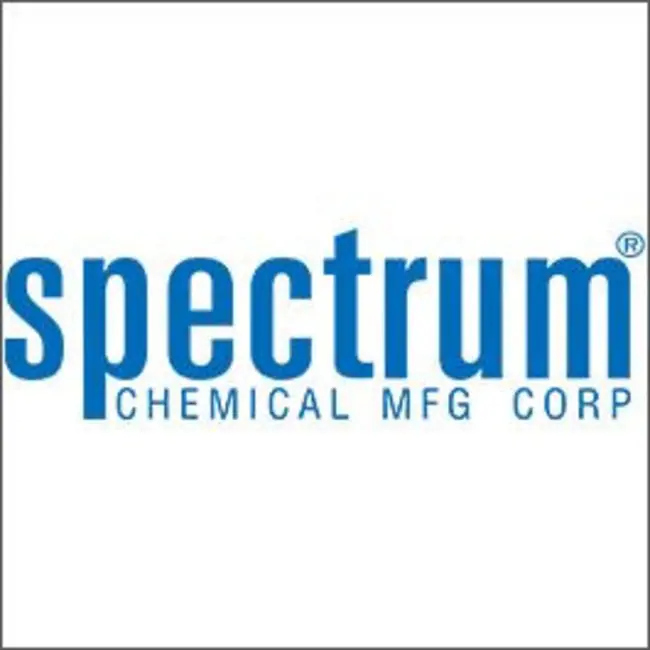Ambient
Showing 90651–90700 of 146490 results
-
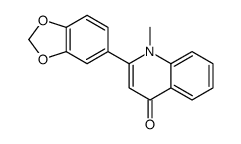
Graveoline
$1,729.31 Add to cart View Product DetailsMolecular Formula : C17H13NO3
-
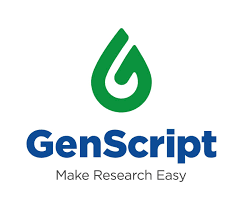
Green Taq DNA Polymerase
$56.93 Add to cart View Product DetailsGreen Taq DNA Polymerase is designed to increase the stability of the Taq enzyme for more convenient transport and applications. The polymerase (1000 U) is designed for 400 rxns if 2.5 U are used per 50 ul PCR reaction. It can be stable for six months if stored at 4°C or for up to one month without significant loss of activity at ambient temperature. Our technology can increase the stability of Green Taq DNA at higher temperature (72°C). The higher yield PCR product can be harvested in long PCR amplification.
Formulation
PCR Reaction Buffer (with Mg 2+ ): 100 mM Tris-HCl, 15 mM MgCl 2 , 500 mM KCl and 1% Triton X-100, pH 8.3 (4°C).
Enzyme Storage Buffer: 20 mM Tris-HCl, 1 mM DTT,0.1 mM EDTA, 0.1 M KCl, 0.5% Nonidet P40 (v/v), 0.5% Tween 20 (v/v), 50% glycerol(v/v), pH 8.0 (4°C)Applications
The applications of Green Taq DNA Polymerase include the following:- PCR(For simple templates, this enzyme can be optimized for amplification of PCR products up to 10 kb; However, for complex templates, this enzyme can be used for amplification of PCR products up to 3 kb.)
- 3’A-tailing of blunt ends (T/A-cloning)
- Primer extension
- DNA labeling reactions
-
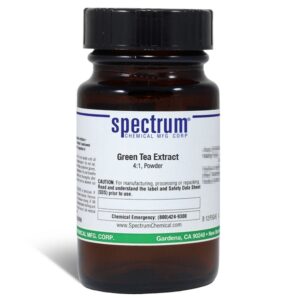
Green Tea Extract, 4:1, Powder
$121.41 Add to cart View Product DetailsGreen Tea Extract, 4:1, Powder
-
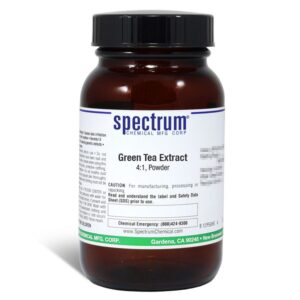
Green Tea Extract, 4:1, Powder
$295.69 Add to cart View Product DetailsGreen Tea Extract, 4:1, Powder
-
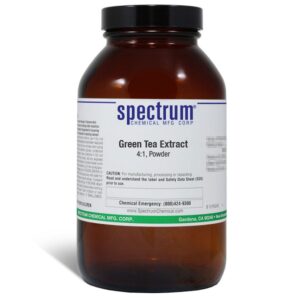
Green Tea Extract, 4:1, Powder
$932.34 Add to cart View Product DetailsGreen Tea Extract, 4:1, Powder
-
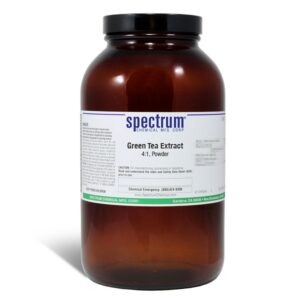
Green Tea Extract, 4:1, Powder
$1,331.55 Add to cart View Product DetailsGreen Tea Extract, 4:1, Powder
-
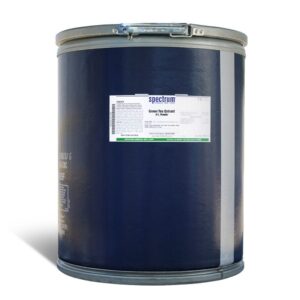
Green Tea Extract, 4:1, Powder
$3,082.28 Add to cart View Product DetailsGreen Tea Extract, 4:1, Powder
-
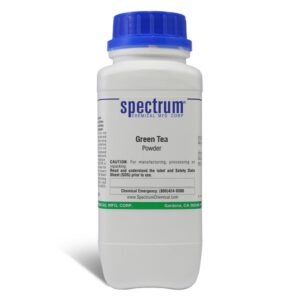
Green Tea, Powder
$86.42 Add to cart View Product DetailsGreen Tea, Powder
-
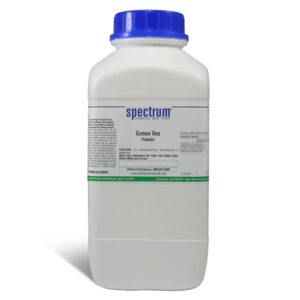
Green Tea, Powder
$232.79 Add to cart View Product DetailsGreen Tea, Powder
-
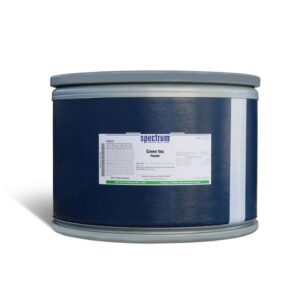
Green Tea, Powder
$746.66 Add to cart View Product DetailsGreen Tea, Powder
-
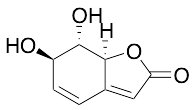
Griffonilide
$154.39 Add to cart View Product DetailsMolecular Formula : C8H8O4
-

Griffonilide
$1,219.58 Add to cart View Product DetailsMolecular Formula : C8H8O4
-
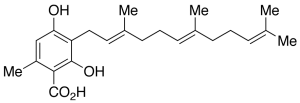
Grifolic Acid
$153.53 Add to cart View Product DetailsMolecular Formula : C23 H32 O4
-

Grifolic Acid
$628.76 Add to cart View Product DetailsMolecular Formula : C23 H32 O4
-

Grifolic Acid
$1,170.41 Add to cart View Product DetailsMolecular Formula : C23 H32 O4
-

Grifolin
$708.98 Add to cart View Product DetailsMolecular Formula : C22H32O2
-

Griseofulvic Acid
$224.25 Add to cart View Product DetailsMolecular Formula : C16 H15 Cl O6
-

Griseofulvic Acid
$1,718.96 Add to cart View Product DetailsMolecular Formula : C16 H15 Cl O6
-
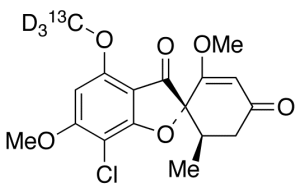
Griseofulvin-13C,d3
$165.60 Add to cart View Product DetailsMolecular Formula : C1613CH14D3ClO6
-

Griseofulvin-13C,d3
$1,207.50 Add to cart View Product DetailsMolecular Formula : C1613CH14D3ClO6
-
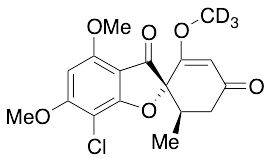
Griseofulvin-d3
$195.79 Add to cart View Product DetailsMolecular Formula : C17 D3 H14 Cl O6
-

Griseofulvin-d3
$863.36 Add to cart View Product DetailsMolecular Formula : C17 D3 H14 Cl O6
-

Griseofulvin-d3
$1,557.68 Add to cart View Product DetailsMolecular Formula : C17 D3 H14 Cl O6
-
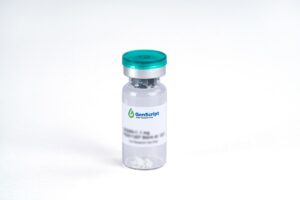
GRO alpha/CXCL1, Human
$1,073.81 Add to cart View Product DetailsChemokine (C-X-C motif) ligand 1 (CXCL1) is a small cytokine belonging to the CXC chemokine family that was previously called GRO1 oncogene, GRO-α, KC, neutrophil-activating protein 3 (NAP-3) and melanoma growth stimulating activity, alpha (MSGA-α). Human GRO-α, GRO-β (MIP2α),and GRO-γ (MIP2β)are products of three distinct, nonallelichuman genes. GRO-β and GRO-γ share 90% and 86% amino acid sequence homology with GROα, respectively. All three isoforms of GRO are CXC chemokines that can signal through the CXCR1 or CXCR2 receptors. GRO expression is inducible by serum or PDGF and/or by a variety of inflammatory mediators, such as IL-1 and TNF, in monocytes, fibroblasts, melanocytes and epithelial cells. In certain tumor cell lines, GRO is expressed constitutively. Similar to other alpha chemokines, the three GRO proteins are potent neutrophil attractants and activators. Additionally, these chemokines are also active toward basophils.All three GROs can bind with high affinity to the IL-8 receptor type B.
-
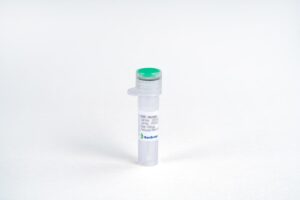
GRO alpha/CXCL1, Human
$155.25 Add to cart View Product DetailsChemokine (C-X-C motif) ligand 1 (CXCL1) is a small cytokine belonging to the CXC chemokine family that was previously called GRO1 oncogene, GRO-α, KC, neutrophil-activating protein 3 (NAP-3) and melanoma growth stimulating activity, alpha (MSGA-α). Human GRO-α, GRO-β (MIP2α),and GRO-γ (MIP2β)are products of three distinct, nonallelichuman genes. GRO-β and GRO-γ share 90% and 86% amino acid sequence homology with GROα, respectively. All three isoforms of GRO are CXC chemokines that can signal through the CXCR1 or CXCR2 receptors. GRO expression is inducible by serum or PDGF and/or by a variety of inflammatory mediators, such as IL-1 and TNF, in monocytes, fibroblasts, melanocytes and epithelial cells. In certain tumor cell lines, GRO is expressed constitutively. Similar to other alpha chemokines, the three GRO proteins are potent neutrophil attractants and activators. Additionally, these chemokines are also active toward basophils.All three GROs can bind with high affinity to the IL-8 receptor type B.
-

GRO alpha/CXCL1, Human
$63.83 Add to cart View Product DetailsChemokine (C-X-C motif) ligand 1 (CXCL1) is a small cytokine belonging to the CXC chemokine family that was previously called GRO1 oncogene, GRO-α, KC, neutrophil-activating protein 3 (NAP-3) and melanoma growth stimulating activity, alpha (MSGA-α). Human GRO-α, GRO-β (MIP2α),and GRO-γ (MIP2β)are products of three distinct, nonallelichuman genes. GRO-β and GRO-γ share 90% and 86% amino acid sequence homology with GROα, respectively. All three isoforms of GRO are CXC chemokines that can signal through the CXCR1 or CXCR2 receptors. GRO expression is inducible by serum or PDGF and/or by a variety of inflammatory mediators, such as IL-1 and TNF, in monocytes, fibroblasts, melanocytes and epithelial cells. In certain tumor cell lines, GRO is expressed constitutively. Similar to other alpha chemokines, the three GRO proteins are potent neutrophil attractants and activators. Additionally, these chemokines are also active toward basophils.All three GROs can bind with high affinity to the IL-8 receptor type B.
-

GRO beta/CXCL2, Human
$1,323.94 Add to cart View Product DetailsHuman GRO-α, GRO-β (MIP-2α), and GRO-γ (MIP-2β) are products of three distinct, nonallelichuman genes. GRO-β and GRO-γ share 90% and 86% amino acid sequence homology, respectively, with GROα. All three isoforms of GRO are CXC chemokines that can signal through the CXCR1 or CXCR2 receptors.GRO expression is inducible by serum or PDGF and/or by a variety of inflammatory mediators, such as IL-1 and TNF, in monocytes, fibroblasts, melanocytes and epithelial cells. In certain tumor cell lines, GRO is expressed constitutively.Similar to other alpha chemokines, the three GRO proteins are potent neutrophil attractants and activators. In addition, these chemokines are also active toward basophils.
-

GRO beta/CXCL2, Human
$172.50 Add to cart View Product DetailsHuman GRO-α, GRO-β (MIP-2α), and GRO-γ (MIP-2β) are products of three distinct, nonallelichuman genes. GRO-β and GRO-γ share 90% and 86% amino acid sequence homology, respectively, with GROα. All three isoforms of GRO are CXC chemokines that can signal through the CXCR1 or CXCR2 receptors.GRO expression is inducible by serum or PDGF and/or by a variety of inflammatory mediators, such as IL-1 and TNF, in monocytes, fibroblasts, melanocytes and epithelial cells. In certain tumor cell lines, GRO is expressed constitutively.Similar to other alpha chemokines, the three GRO proteins are potent neutrophil attractants and activators. In addition, these chemokines are also active toward basophils.
-

GRO beta/CXCL2, Human
$51.75 Add to cart View Product DetailsHuman GRO-α, GRO-β (MIP-2α), and GRO-γ (MIP-2β) are products of three distinct, nonallelichuman genes. GRO-β and GRO-γ share 90% and 86% amino acid sequence homology, respectively, with GROα. All three isoforms of GRO are CXC chemokines that can signal through the CXCR1 or CXCR2 receptors.GRO expression is inducible by serum or PDGF and/or by a variety of inflammatory mediators, such as IL-1 and TNF, in monocytes, fibroblasts, melanocytes and epithelial cells. In certain tumor cell lines, GRO is expressed constitutively.Similar to other alpha chemokines, the three GRO proteins are potent neutrophil attractants and activators. In addition, these chemokines are also active toward basophils.
-

GRO-α/KC/CXCL1, Mouse(CHO-expressed)
$1,073.81 Add to cart View Product DetailsGRO-α/KC/CXCL1 coded by CXCL1 gene at chromosome 5 is approximately 63% identity to that of mouse MIP2. KC is also approximately 60% identical to the human GROs. Mouse KC is a potent neutrophil attractant and activator. The functional receptor for KC has been identified as CXCR2. Based on the pattern of KC expression in a number of inflammatory disease models, KC appears to have an important role in inflammation. KC was found to be involved in monocyte arrest on atherosclerotic endothelium and may also play a pathophysiological role in Alzheimer’s disease.
-

GRO-α/KC/CXCL1, Mouse(CHO-expressed)
$86.25 Add to cart View Product DetailsGRO-α/KC/CXCL1 coded by CXCL1 gene at chromosome 5 is approximately 63% identity to that of mouse MIP2. KC is also approximately 60% identical to the human GROs. Mouse KC is a potent neutrophil attractant and activator. The functional receptor for KC has been identified as CXCR2. Based on the pattern of KC expression in a number of inflammatory disease models, KC appears to have an important role in inflammation. KC was found to be involved in monocyte arrest on atherosclerotic endothelium and may also play a pathophysiological role in Alzheimer’s disease.
-

GRO-α/KC/CXCL1, Mouse(CHO-expressed)
$43.13 Add to cart View Product DetailsGRO-α/KC/CXCL1 coded by CXCL1 gene at chromosome 5 is approximately 63% identity to that of mouse MIP2. KC is also approximately 60% identical to the human GROs. Mouse KC is a potent neutrophil attractant and activator. The functional receptor for KC has been identified as CXCR2. Based on the pattern of KC expression in a number of inflammatory disease models, KC appears to have an important role in inflammation. KC was found to be involved in monocyte arrest on atherosclerotic endothelium and may also play a pathophysiological role in Alzheimer’s disease.
-
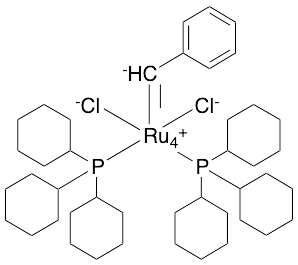
Grubbs Catalyst, 1st Generation
$56.06 Add to cart View Product DetailsMolecular Formula : C43H72Cl2P2Ru
-

Grubbs Catalyst, 1st Generation
$95.74 Add to cart View Product DetailsMolecular Formula : C43H72Cl2P2Ru
-
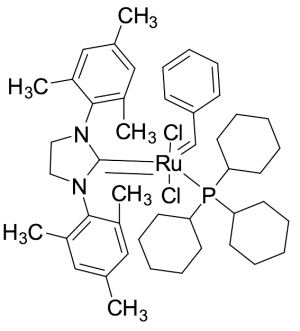
Grubbs Catalyst, 2nd Generation
$171.64 Add to cart View Product DetailsMolecular Formula : C28 H32 Cl2 N2 Ru . C18 H33 P
-

Grubbs Catalyst, 2nd Generation
$258.75 Add to cart View Product DetailsMolecular Formula : C28 H32 Cl2 N2 Ru . C18 H33 P
-

Grubbs Catalyst, 2nd Generation
$506.29 Add to cart View Product DetailsMolecular Formula : C28 H32 Cl2 N2 Ru . C18 H33 P
-
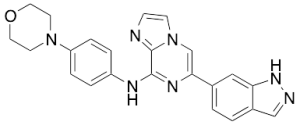
GS 9973
$69.00 Add to cart View Product DetailsMolecular Formula : C23H21N7O
-
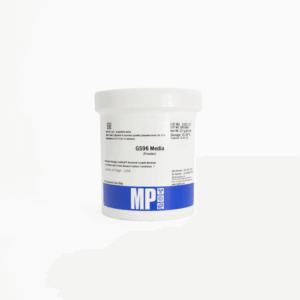
GS96 medium
$102.38 Add to cart View Product DetailsGS96 broth delivers high yields of plasmid DNA in 96-well and 384-well plates
-
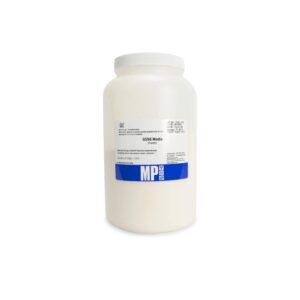
GS96 medium
$282.47 Add to cart View Product DetailsGS96 broth delivers high yields of plasmid DNA in 96-well and 384-well plates
-
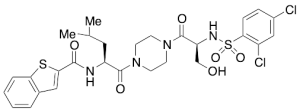
GSK 1016790A
$87.11 Add to cart View Product DetailsMolecular Formula : C28H32Cl2N4O6S2
-

GSK 1016790A
$140.59 Add to cart View Product DetailsMolecular Formula : C28H32Cl2N4O6S2
-

GSK 1016790A
$272.55 Add to cart View Product DetailsMolecular Formula : C28H32Cl2N4O6S2
-
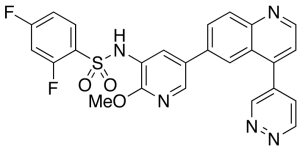
GSK 2126458
$76.76 Add to cart View Product DetailsMolecular Formula : C25H17F2N5O3S


